Calcium Chloride Hypochlorite
-
In Stock
-
-
0 Review(s)
Price :
৳700
Product SKU: 3mJ185553J
Calcium Chloride Hypochlorite for lab grade
Is calcium hypochlorite dangerous?
The corrosive nature of the hypochlorite moiety makes calcium hypochlorite a dangerous substance that must be stored carefully. It must be stored in a cold, dry environment and must not be exposed to any metals or acids. If any acid comes in contact with calcium hypochlorite, highly toxic fumes of chlorine gas can be produced.
What is the common name of calcium hypochlorite?
Calcium hypochlorite is commonly known as bleaching powder. It is also known as calcium oxychloride, the chloride of lime, or the calcium salt of hypochlorous acid.
Is calcium hypochlorite soluble in water?
Yes, calcium hypochlorite is fairly soluble in water. Since it is an ionic compound, Ca(ClO)2 readily dissolves in water and dissociates into its constituent ions. At a temperature of 25oC, the solubility of this compound in water is roughly equal to 210 grams per litre. It is important to note that this compound is not soluble in alcohol since it participates in a chemical reaction with the solvent in such cases.
What is calcium hypochlorite used for?
Calcium hypochlorite is known to be the active ingredient in many commercial bleaching agents such as bleaching powder, chlorinated lime, and chlorine powder. The most important application of calcium hypochlorite is in the sanitization of public swimming pools. It is also used to disinfect drinking water. As an oxidizing agent, calcium hypochlorite is also used in several organic reactions.
How is calcium hypochlorite produced industrially?
On an industrial scale, calcium hypochlorite is usually produced from the chemical reaction between gaseous chlorine and calcium hydroxide (usually used in the form of the mineral lime). The chemical reaction between calcium hydroxide and chlorine gas yields calcium hypochlorite, calcium chloride, and water as the products.
If you'd like to know more about this chemical or need any analysis
report regarding this chemical then contact us support@echem.com.bd.
Calcium chloride hypochlorite, commonly used in laboratories, exhibits several key features:
- High Purity: Lab-grade calcium chloride hypochlorite ensures minimal impurities, essential for accurate and reliable experimental results.
- Effective Disinfectant: It serves as a potent disinfectant and bleaching agent, effective against a wide range of pathogens and organic contaminants.
- Stable Composition: Offers stability in dry form, reducing degradation and ensuring a longer shelf life.
- High Solubility: Easily soluble in water, providing a quick and efficient preparation for various laboratory applications.
- Strong Oxidizing Agent: Its strong oxidizing properties make it useful in oxidation reactions and water treatment processes.
Ratings & Reviews
0.0
No Review Found.
Sold By
echem
477
Total ItemSeller's Products
Related Products
Send Message
LOGIN NOW
Signup Now
Forgot Password
Please Write your Email

Order Tracking



 Health & Beauty
Health & Beauty


.png) Art & Painting
Art & Painting Hot Deals
Hot Deals
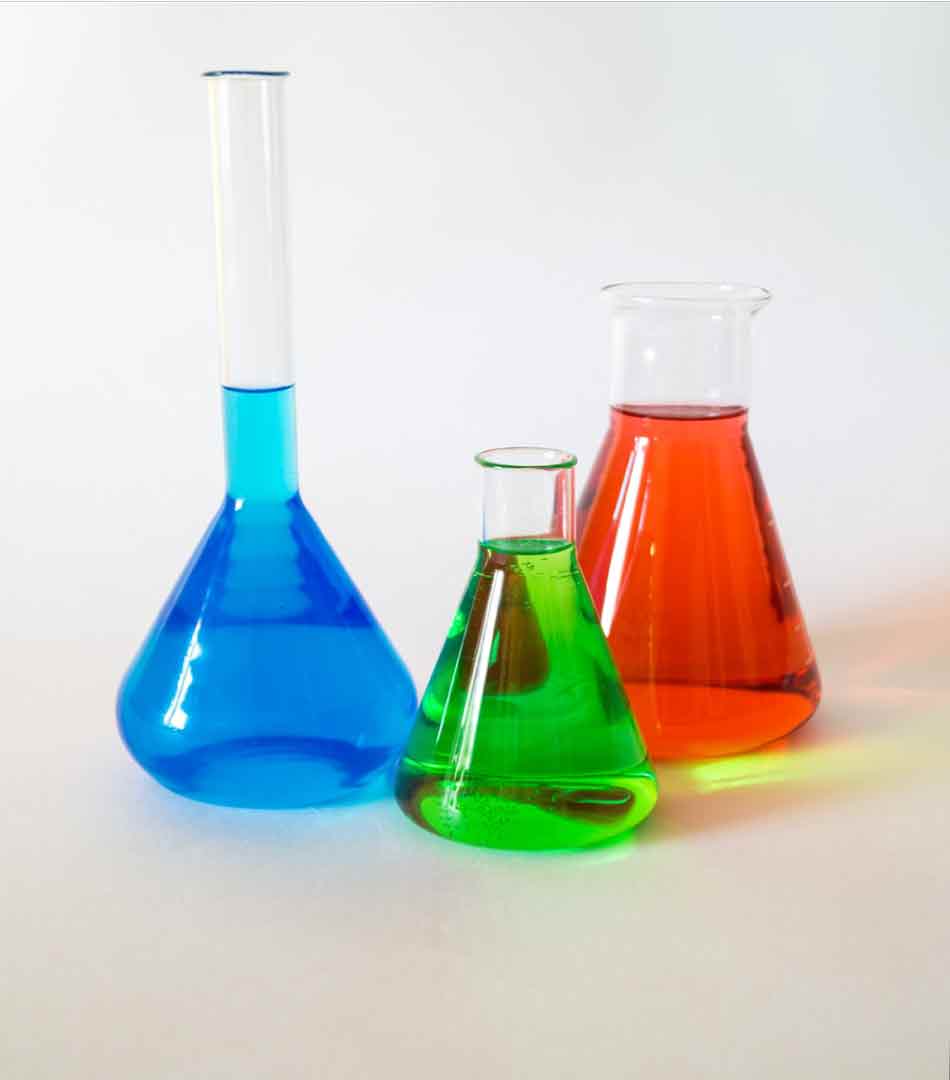
.png)

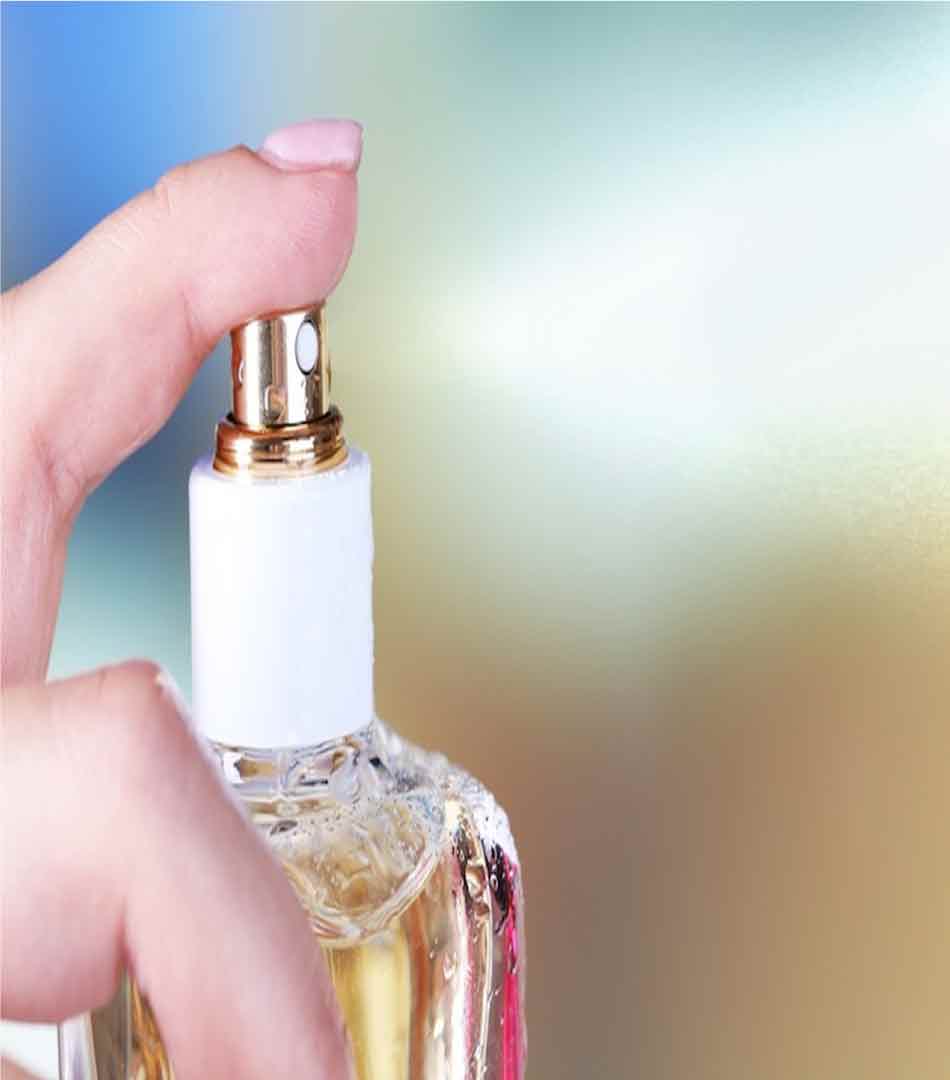
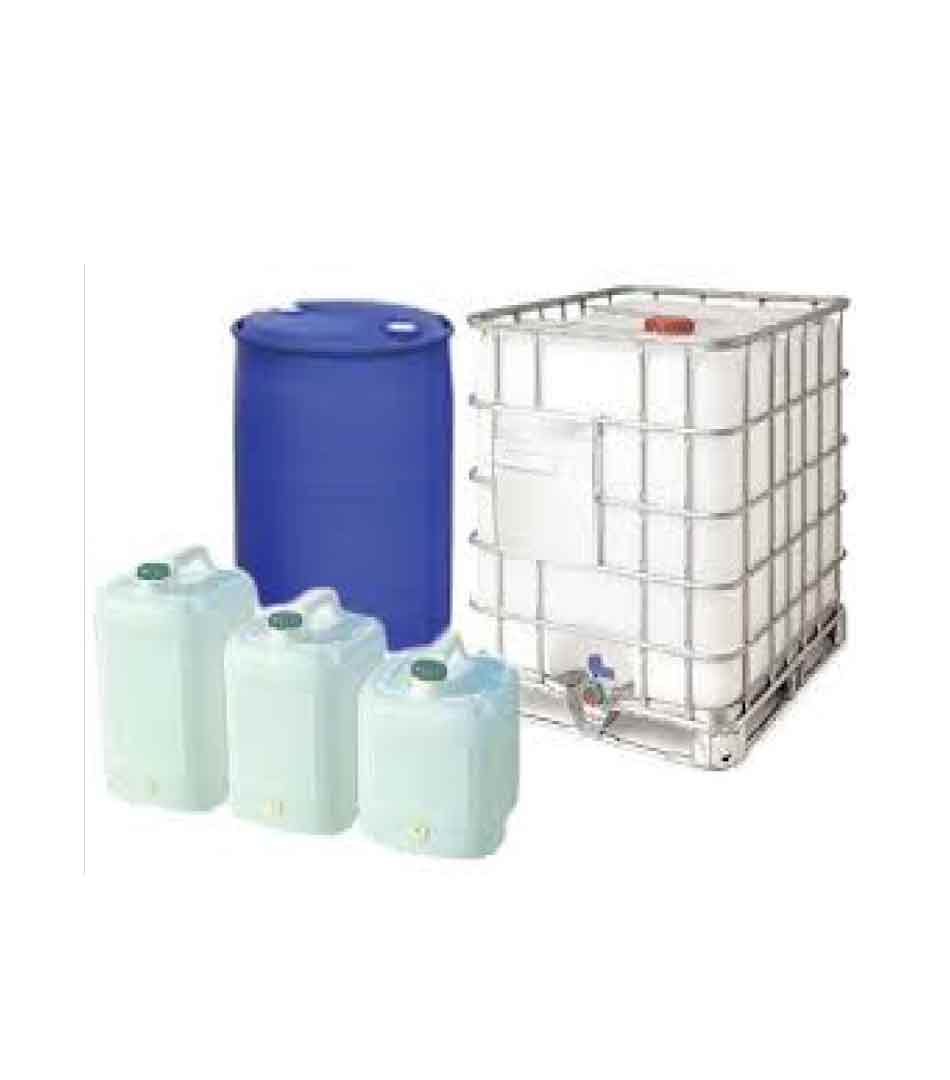
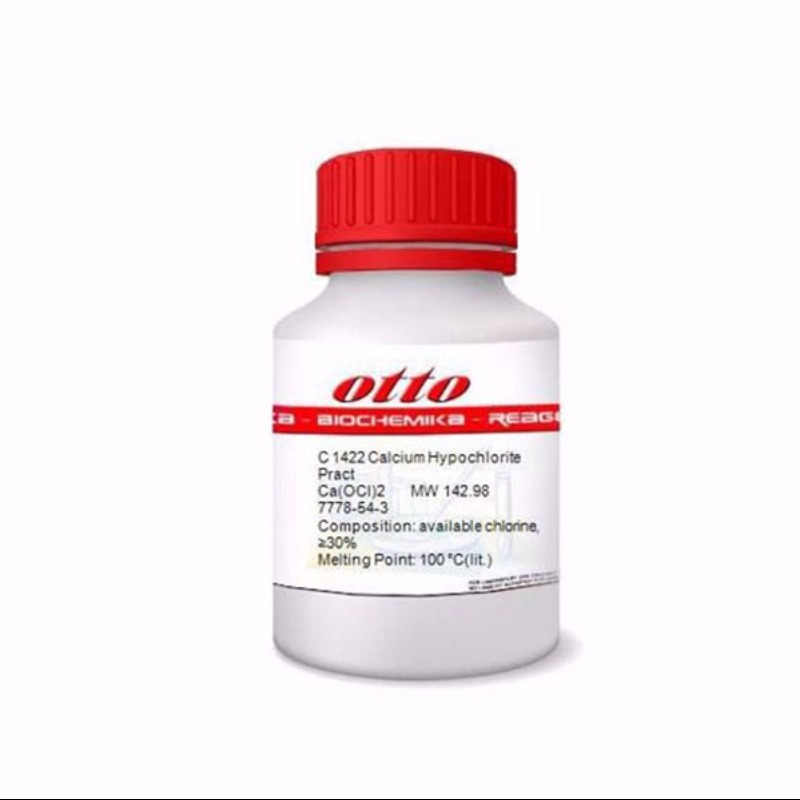
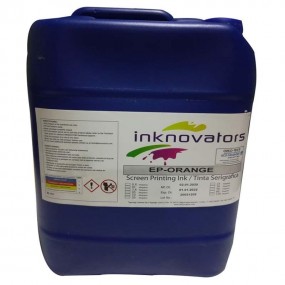
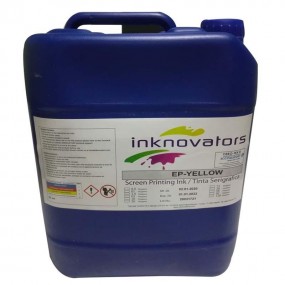
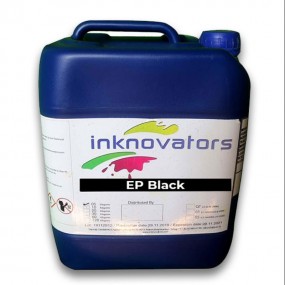
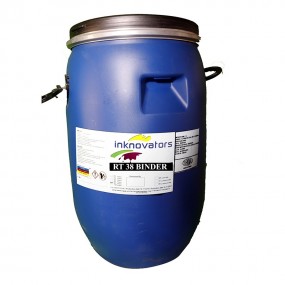
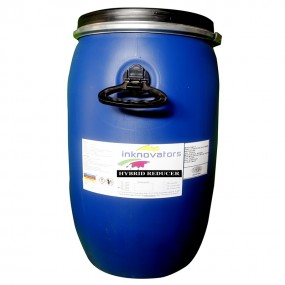
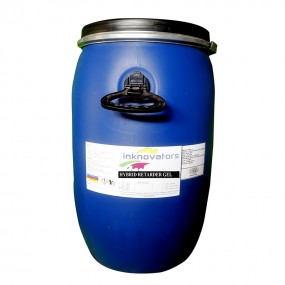

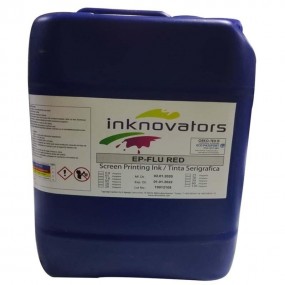
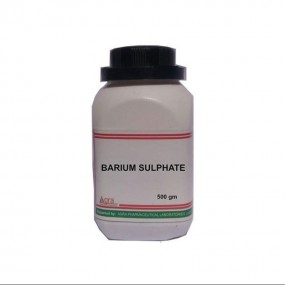
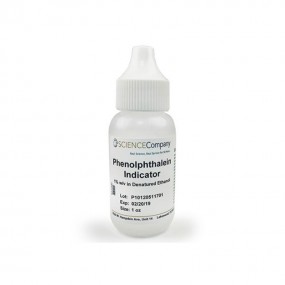
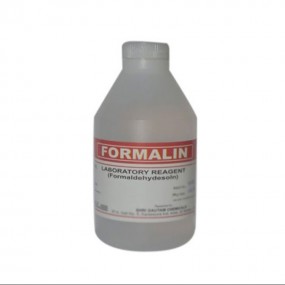
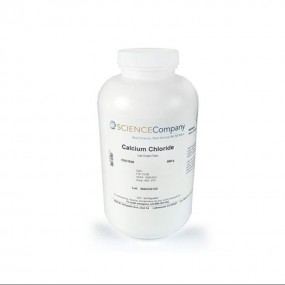
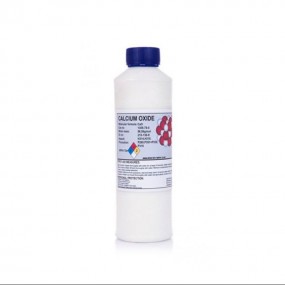


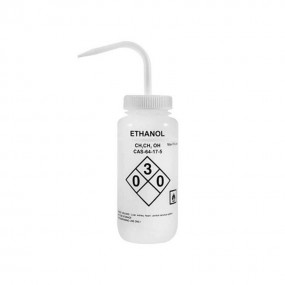
Login To Comment